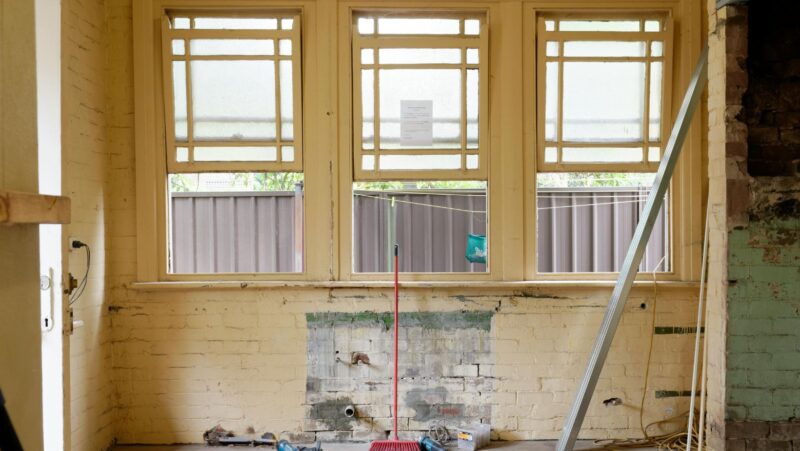A leaking roof, mold inside your walls, and damaged shingles are signs that your roof is ready for a replacement. Roof replacement is a cumbersome project, one that can thump your savings.
It can be overwhelming to figure out how much you might need to replace your roof. There are a lot of factors in play. However, the best thing you can do is learn what factors affect roof replacement costs. That way, you can better prepare yourself ahead of time and handle the project swiftly.
That’s why we have combined a list of factors, explaining how each one influences the roof replacement cost. This list will assist you in making better choices for your home and future.
Table of Contents
ToggleFactors Influencing Roof Replacement Costs
Roof Size and Complexity
The size of your roof directly affects how much you’ll spend. Installation and material costs are measured per square foot, so larger roofs need more materials and work, increasing the cost. The roof’s complexity also matters; more angles, slopes, or features like chimneys require more precision and time to work on, raising the price.
Materials Used
The type of roofing material you choose is a big factor in the cost. Options range from affordable asphalt shingles to more expensive choices like metal or tile. Each material comes with its own price tag, durability, and appearance. More durable materials usually cost more upfront but can save money in the long run because they last longer and need fewer repairs.
Labor Costs
The cost of labor varies widely. It depends on where you live, the skill level of the workers, and how complex your roofing project is.

However, watch out for prices that are too good to be true. The best roof installation companies might charge more, but their work offers better quality and reliability, saving you money on future repairs.
Dump and Transportation
Removing your old roof and getting rid of the waste adds to the cost. The price for disposal depends on local rates and the amount of waste. Transportation costs for delivering new materials to your site and hauling away old materials also affect the overall price.
Waste Factor
Contractors account for waste when estimating materials needed. This means ordering extra material to cover cuts and adjustments, especially for complex roof designs. This waste factor increases the total materials needed, impacting the cost.
Permits and Inspections
Most roofing projects require permits, and the cost varies by location. You may also require inspections to ensure the work meets local building codes. These legal requirements ensure safety and quality but add to the project’s overall cost. Some roofers offer to handle the permits and inspection, removing your hassle. It is best to talk to them before hiring.
Extended Warranties
While most reliable roofing companies offer standard warranties, you can extend the warranty period for a certain amount. Paying for extended warranties increases initial costs but offers more protection against future issues. These warranties cover defects and damages beyond standard warranties, providing longer-term peace of mind. While optional, they can be a wise investment against unforeseen problems.
Replacing Your Roof
Getting a new roof is a big deal that comes with a hefty price tag. Understanding how each factor contributes to the final roof replacement cost and being aware of them allows for better planning and decision-making.

Keep these points in mind, and you’ll be well on your way to a successful roof replacement project:
- Bigger and more complex roofs cost more.
- Your choice of material greatly affects the total cost.
- Who you hire and where you live changes the cost.
- Removing old materials and bringing in new ones adds to the bill.
- Always factor in a little extra for waste.
- Required legal steps can add to your expenses.
- Extra coverage for peace of mind, but it comes at a cost.





